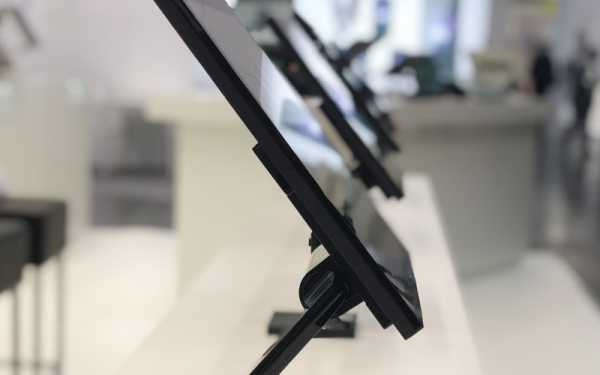By Richard HEITMANN, International Sales Director
Every business needs to control its costs. In order to remain profitable, reducing overheads is just as important as turnover. You can sell as much as you want, but if you are spending all of the incoming money just on running the business, you are not achieving what you set out to.
Over the past 20 or 30 years, technology has become an increasingly significant overhead for practically every business, rivalling even staffing costs and rent. PCs and laptops, network infrastructure, EPOS systems, digital signage, printers and other peripheries, task-specific machinery, all the various software used to run it all – it all adds up to a major cost burden.
Naturally, business owners want to keep these costs under control. When it comes to upgrading or updating systems, or adding new capabilities, a key factor to consider is what it will cost, and what the returns will be. Ultimately, businesses want to minimise their investment while still getting the highest possible ROI. In other words, they want to get the most they can from their money.
While the sentiment behind this is fine, all too often it can lead to misguided decisions. When buying EPOS hardware, for example, the temptation can be to use cost as a key determining factor, opting for the cheapest as an obvious way to reduce expenditure. The assumption is that the difference in performance will not be enough to make a huge difference on ROI – the savings you make in price will be larger than the difference in returns. Therefore, cheaper hardware offers a better deal.
Total Cost of Ownership
There are two dangers with this way of thinking. One is that it is easy to underestimate just how much of a difference a better, more powerful, more expensive EPOS terminal can make to productivity. Faster processing means quicker transaction handling, which over time adds up to considerable gains in service quality and efficiency. A more powerful computing platform means you can run bigger and better software platforms, adding to your capabilities over time without having to upgrade your hardware.
This brings us on to the second issue. When you are considering cost savings, it is a mistake to only think about the upfront expenditure. It might be the most obvious part of the costs involved, but it is far from the total amount.
When we talk about Total Cost of Ownership (TCO) of EPOS systems, we include a whole variety of factors on top of the initial purchasing cost. TCO includes the installation and set up costs and the overheads relating to migrating to a new system, such as data and software transfer and staff training. But crucially, it also includes the ongoing running costs – maintenance and repair fees, the cost of software updates, the lifecycle of the hardware before you have to upgrade to a new system.
Ultimate reliability
At AURES, we are proud to sit at the leading edge of EPOS product quality, prioritising performance and ultimate reliability. Yes, that might mean our terminals and other hardware sit in a higher price bracket than other products available on the market. But we believe that initial investment, in the majority of cases, provides for a lower TCO.
Why? Because our terminals are built to last. In all of the feedback we get from suppliers and end users, reliability is one of the main comments that crops up over and over again. Fewer glitches and outages means lower maintenance and repair costs, less downtime, your systems working at their optimum more of the time for better productivity.
Talking of which, we design and build our terminals to work better as well as longer. Cutting edge processors and high quality components deliver fast, efficient performance running even the biggest software platforms. Not only does that mean you can process transactions more quickly and deliver a better service, it also means you can run software that will deliver added value to your business, including integrating EPOS operations with the rest of your business platforms.
When you combine performance, reliability and longevity, it also means that better quality EPOS hardware helps to future-proof your systems. As technology progresses and software gets more advanced, EPOS terminals have to keep pace. You might spend less on a lower quality product and find it no longer matches your requirements in three or four years, meaning you have to invest all over again. At AURES, we design our terminals with the future in mind, including processing capabilities that will readily adapt to advances in software for years to come.
So when you add up lower maintenance costs, less downtime, better performance and longer lifecycles, it is clear that a higher initial outlay on an EPOS system by no means equates to a higher overall cost. When you factor all of those in, going for quality and reliability delivers the better value.




